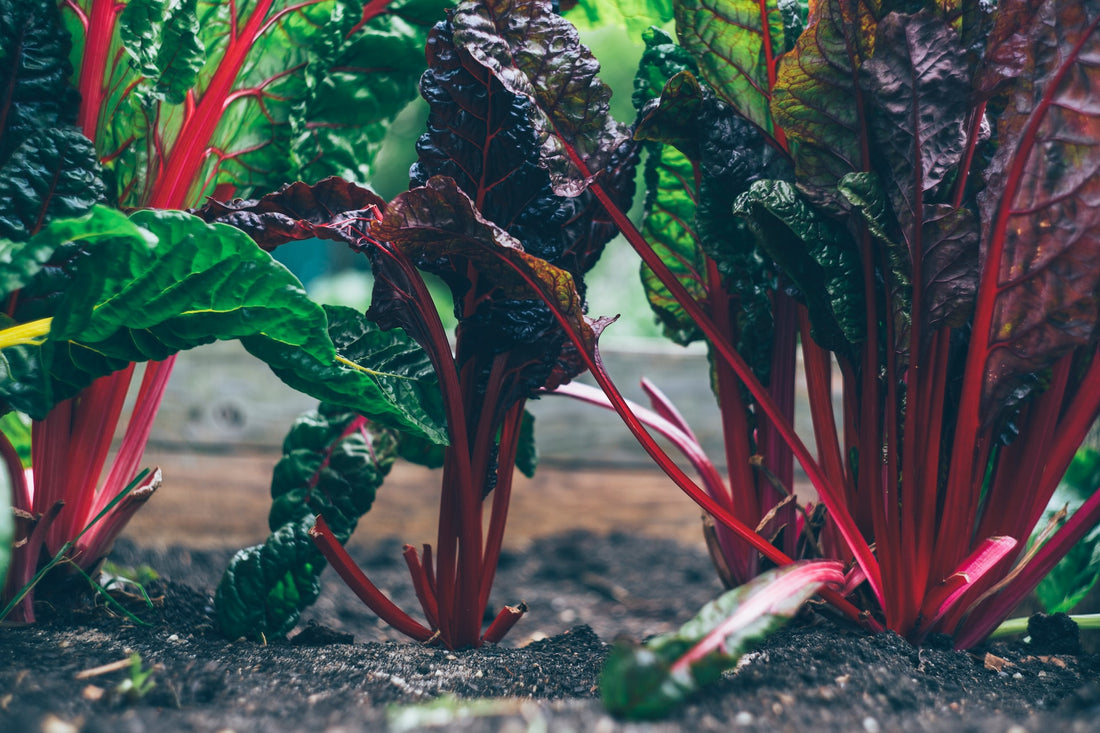Square Foot Gardening is a method of planting that turns small spaces into incredibly productive gardens. Each vegetable is given specific square footage, which varies based on the plant's mature size. This method utilizes space efficiently while carefully not overcrowding it either. Square Foot Gardening is the ideal garden type for small spaces.
Pros and Cons of Square Foot Gardening
Pros- Higher yields – A smaller space, well-organized, grows more efficiently and more productively.
- Simplicity – Setting up a raised garden is less effort than other gardening methods. And this garden setup needs less regular maintenance than traditional gardens. Plus, all garden areas are accessible for planting, tending, and harvesting, creating an easy to reach work-space.
- Minimal Care – Since everything is in one confined space, tending the garden is much simpler.
- Fewer Weeds – Weed seeds in the lawn or yard won't get into the raised bed, which means fewer weeding headaches. Plus, how the design is arranged reduces the need to weed because the planting density keeps the weeds out.
- Not all vegetables can grow in a square-foot garden – larger plants like potatoes, winter squash, melons, corn, and pumpkins need more space.
- Setting up a raised bed garden can get pricey since you have to supply the soil too.
How To Set Up a Square Foot Garden
- Most square-foot gardens utilize a raised bed simply because it's easier and simple to divide into squares. You can use this method in a regular in-ground garden, too.
- A typical square-foot garden is 4 feet by 4 feet, but it doesn't have to be. It can be 2x2 or 4x8, or any length you like. It is crucial, though, that all points of the garden are reachable, including the very center. It's not a good idea to make the width more than 4 feet unless you have particularly long arms.
- Divide the space into square foot blocks.
- Use something of a marker to help outline the blocks. Pretty pebbles work nicely or put in small trellises where they make sense (next to peas, cukes, and other vining veggies).
- Inside each block, the plants are sowed in a grid of 1, 4, 9, or 16 for simplicity. This way, you don't have to remember the exact spacing for all the different vegetables. All you need to know is which grid they fit in – radishes are small, so you can fit 16. Broccoli is large, so you can only fit one.
- Each block is for one or two types of crops. Usually, it's just one for simplicity, but you can do two to a block if you don't want an overload of radishes or some other small crop.
- Determine how many veggies fit in each 4x4 section. For example, one square foot can fit 16 radishes or one zucchini or cabbage plant.
- Draw up a plan detailing which vegetable is going where and how much to plant in each square.
A Brief History of Square-Foot Gardening
The square-foot gardening planting method was developed by Mel Bartholomew, a TV presenter in the 1970s. Mel Bartholomew was a retired engineer who devised this system after taking up gardening as a hobby. He applied his engineering knowledge to gardening to develop a better idea that made weeding less time-consuming.
Tips For Successful Square-Foot Gardening
- If you're using a raised bed, only fill it with high-quality, nutrient-rich potting soil. Do not use ordinary dirt; it doesn't grow things well in an enclosed space.
- Never walk on the soil, as that compacts it and reduces the effectiveness and a vegetable's ability to grow.
- Plan, then plant, and you'll have much greater success.



